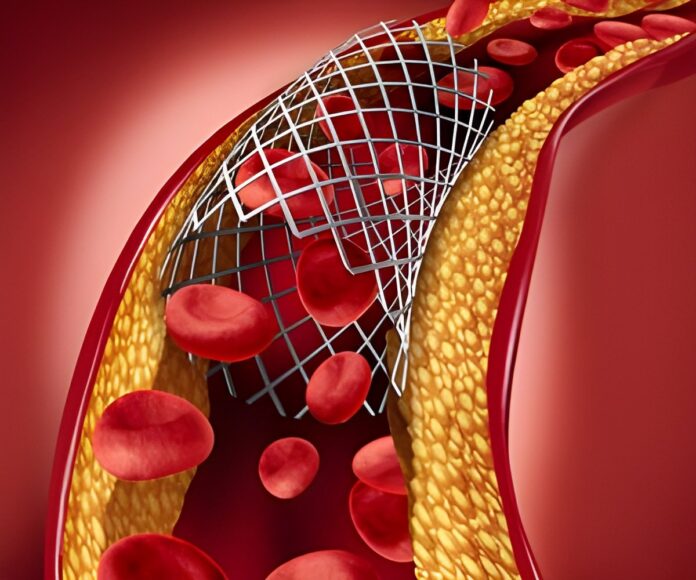The University of Sydney scientists develop zwitterionic coatings for medical implants to prevent blood clots, improve heart valve lifespan, and reduce surgical risks.
Scientists at the University of Sydney are developing a zwitterionic coating, that can be used on medical devices and implants like heart valves and stents to prevent blood clotting.
Zwitterions are neutral molecules with positive and negative charges and are very effective at forming bonds with water molecules. They are naturally found in our cells of the cell membrane. They create a thin layer of water and help transport blood and other proteins through the heart and other organs without sticking to different surfaces.
Advertisement
Preventing Blood Clots in Heart Valve Implants
With 500,000–600,000 Australians living with heart valve disease (in 2021), medical devices like heart valves and stents play a crucial role in saving lives. But proteins in the blood can cling to the sides of the medical implants, building up over time and forming a blood clot. Often this requires invasive surgery to remove or replace the implant.
“Medical implants are constantly under pressure to perform in the human body. A heart valve is constantly under high pressure to pump blood, opening and closing half a billion times over 10 years,” says Dr Sina Naficy, who leads a research team developing heart valves that are more resistant to blood clots.
“The current average lifespan of existing heart valve implants is less than 10 years and there is always a risk of them degrading or complications occurring. By using Zwitterion coated materials, we aim to decrease the risk of blood clots and increase the lifespan of heart valves and other medical implants,” says Dr Naficy, from the University’s School of Chemical and Biomedical Engineering, Faculty of Engineering.
Advertisement
Making Durable Medical Implants
Dr Naficy and his team homed in on the Zwitterion’s chemically neutral but water-loving ability. Like previous scientific discoveries inspired by nature, Dr Naficy’s team was inspired by the cell membrane and is currently working to mimic this. The researchers aim to design materials that could extend the lifespan of medical implants.
The team has created a zwitterionic coating where, on areas of the material ‘painted’ with the coating only a few nanometres thick, it successfully created a layer and bubble of water, like a watery armor. On material without the coating, it repelled and spread water beyond the material’s boundaries.
“We are currently exploring new formulations capable of being chemically attached to the surface of any type of implant (made from tissues, metals, or plastics/rubbers) to reduce their interactions with blood,” said Dr Sepehr Talebian from the School of Chemical and Biomedical Engineering.
Advertisement
Using Zwitterions in Medicine
One of the biggest obstacles scientists want to crack is just how many Zwitterions are ‘just right’ – a biomedical goldilocks problem. The team recently published a review in Cell Biomaterials on the potential of Zwitterions in biomedicine, providing an in-depth blueprint for the design of surface coating technologies.
“There is great potential but what is the best way to use Zwitterions? What is the ideal thickness of the coating? What concentration should we use? We cannot just dip an artificial heart valve in the Zwitterionic substance without investigating the best conditions. Too much, and it could make the clotting worse, too little, and the risk of blood clots remains,” said Dr Talebian.
“We also need to investigate the best way to ‘anchor’ Zwitterions to the surface of a material, and the best environment for Zwitterions. This includes finding the best concentration of ‘salt’ in a solution with the Zwitterions. Too much salt makes Zwitterionic brushes clump together. We want them to spread evenly across surfaces. The curious case of Zwitterions means researchers like us are working hard to find the optimal conditions for this macromolecule to realize its full potential.”
Source-Eurekalert


